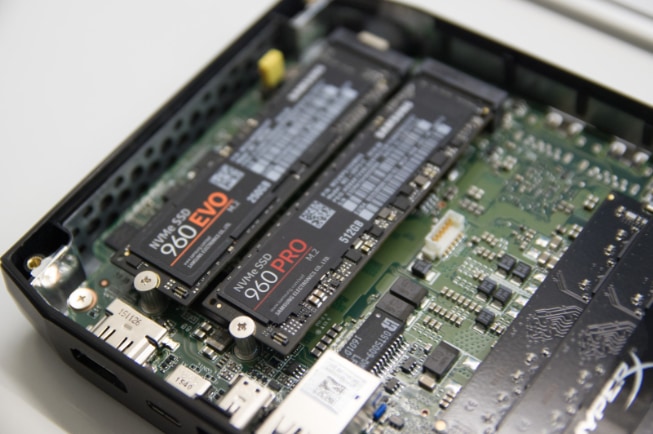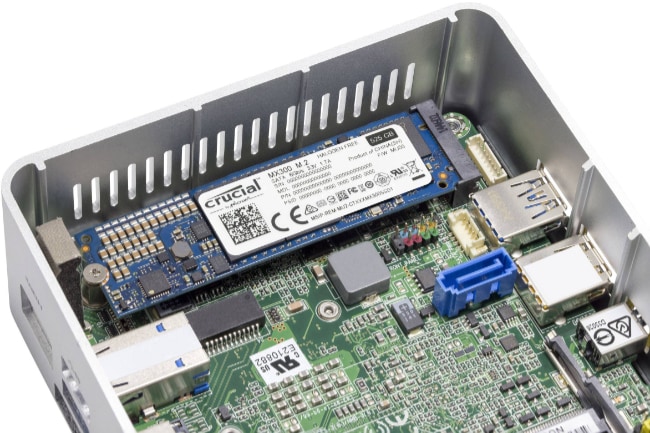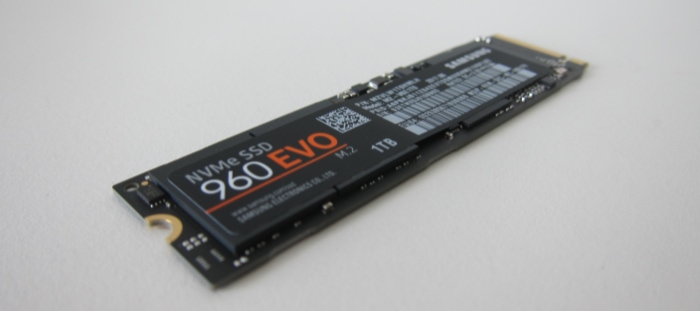NVMe vs. M.2: Which One Is Better?
It is common knowledge among computer enthusiasts that SSDs are faster than HDDs. In the same way, some SSDs are better than others. So, how do you know which is the right one for your needs?
NVMe and M.2 are two of the most preferred types of SSDs in recent years. At first glance, they are both fast, but you can see many contrasts when you look closer.
This article will pit these two popular types of solid-state drives against each other. So, you can look at all the performance parameters and decide what’s good for your computer.
An Overview
NVMe (Non-Volatile Memory Express) is basically a new type of storage access and transport protocol flash. These next-gen SSDs deliver the fastest response times yet.
It is developed for the new standard specification for storage drives that connect directly to the PCIe interface. SSD does not communicate through the motherboard as SATA required before. Instead, it communicates directly with the CPU.
Whereas M.2, earlier named the Next Generation Form Factor, is a specification for internally fixed computer expansion cards and auxiliary connectors. It has a shape that resembles a gum stick. Further, this newest form factor has an incredibly small footprint based on NVMe.
SATA
For many decades, we have been using SATA cables for computer storage devices. These types of drives need two different lines to function properly. One cable will transfer data to the motherboard while the other will get power from the PSU.
Multiple drives can lead to a clutter of cable in your PC set up. In worst cases, this can negatively impact the airflow within the system, which in turn can affect the performance. Yet SATA SSDs are an excellent way to store data affordably.
The major problem, however, with SATA SSDs is the connection speed. As mentioned earlier, an SSD will always be faster than an HDD. Nonetheless, SSDs that use NVMe technology can pass the transfer speed caps of SATA systems.
Speed and Cable Clutter
When you invest in an M.2 form factor device, you should be very careful. It is so because they look very similar, and some M.2 drives still use a SATA connection. Nonetheless, they do not use cables as in the past.
It is vital to remember that SATA M.2 SSDs operate at the same speed as 2.2. If you want to see an increase in performance, you can use an NVMe connection. Further, it is a lot faster than mechanical hard drives.
Design
These two SSDs look very similar to one another, but it is only on the surface level. They are both approximately as long as your thumb and super thin. NVMe drives have a design that uses PCI Express Gen 3 bandwidth.
This design makes it possible to achieve speeds as high as 3.5 GB per second. It is faster than SATA SSD and, of course, the HDD technology.
How to Pick the Right SSD?
When you are comparing NVMe vs. M.2, there are certain important things you must consider. Here are some of them:
Storage
Many people use NVMe in combination with different SSDs. That can significantly improve your system storage capacity without having to spend a lot of money.
You can use NVMe to download operating systems as well as documents. Similarly, you can use M.2 as a combination, but it is not as popular as NVMe for combination storage.
Gaming
Both NVMe and M.2 is suitable for gaming as it will reduce the load time substantially. Further, games installed in NVMe will have better overall performance than most other SSD, including M.2.
Additionally, these two SSDs give a smooth experience as they can make the gaming more responsive. It is due to the speed of data transfer that can execute.
Start Up
If you want to increase your computer’s performance, installing the OS in the SSD is a wise choice. Both NVMe and M.2 offer excellent space for this as all SSDs can exponentially outperform mechanical drives.
Generations
You can make some distinctions between the M.2 devices, so generations matter more than you might assume it does. Different generations of SSDs will have different speeds. Therefore, it is better to check the rates on a drive before using it, no matter which one you chose.
Professional Use
Generally, NVMe is better for professional use than M.2.
If your profession requires you to store and transfer large files frequently, the extra space can be very useful. You can go with either; however, NVMe can give a little extra advantage.
General Use
For general use, M.2 can be a better choice, although both can be amazing. Using an SSD itself provides your system with a great upgrade in terms of storage and performance. So, you do need something like NVMe, which is more suitable for professional or gaming purposes.
For instance, if your system takes 30 seconds to turn on using only the hard drive, an SSD can be very helpful. It can alter the boot timings to say 15 seconds.
If you replace it further with an NVMe SSD, it can decrease the time to 10 seconds. So, the 5 seconds does not make a big difference for general use.
Final Verdict
There are many features you should look into well before picking one for you. So, it is no wonder everyone gets confused. Nonetheless, by learning a few fundamental distinctions between the two, you can help yourself a lot.
You can use SATA SSDs on most systems to improve performance. However, for NVMe drives, you need specific motherboards. Therefore, it is vital to consider your motherboard, the data you want to store, and the type of use before committing to any one of them.
The best part about NVMe and M.2, no matter which you purchase, they can be useful in the future, if not now!





